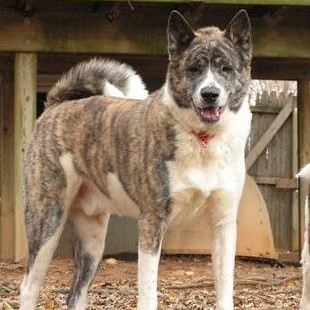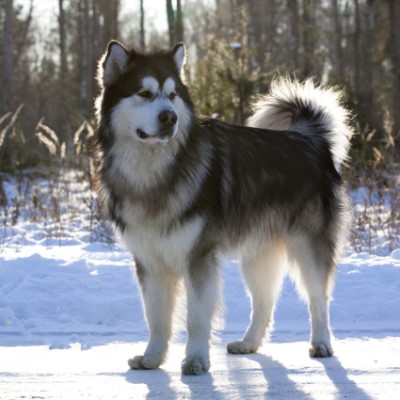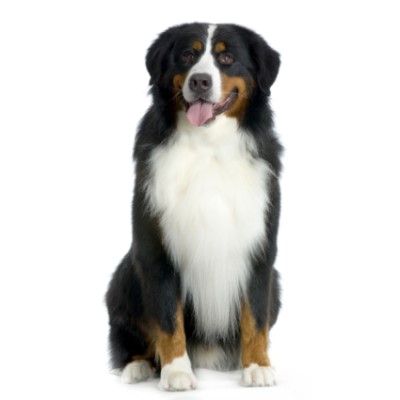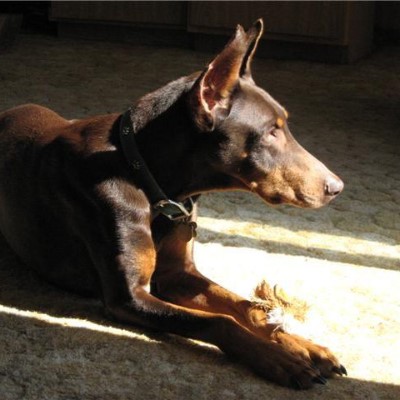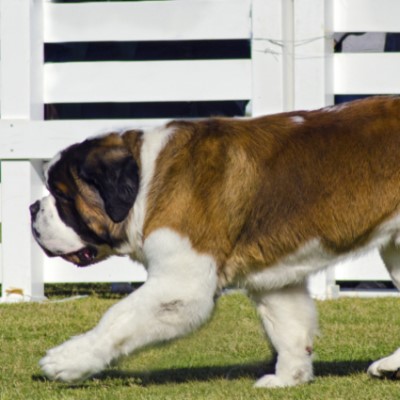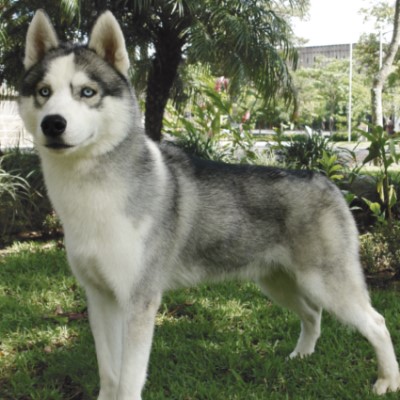Common Reasons for Surrender
The most common reason the Samoyed is surrendered is people have to move and can’t take the dog with them. Sometimes people discover they’re having a baby and realize they cannot manage both the dog and the new baby. But, one of the most common and surprising reasons for surrendering a Samoyed is people don’t have time for the dog anymore.
Pros
The Samoyed is energetic and happy, yet each dog has his own personality. Samoyeds want to do everything with you—go for a walk, ride in the car, and watch television.
Cons
The male Samoyed sheds once a year and females twice a year, but the shedding is not seasonal. One Samoyed owner told PetStarter that his Samoyeds “blew their coat” every year within a month of their birthday. If you brush and comb your dog a lot during the first two weeks of shedding, you can get all of the old dog hair out and keep shedding to a minimum the rest of the year.
Samoyeds are a northern breed, and they have a prey drive, which means they want to go exploring and see what’s on the other side of the hill, behind a tree, and chase a bunny or a squirrel. Because of this prey drive, it’s especially important to keep the Samoyed on a leash and supervised so she knows not to run off.
Diet
Rescuers highly recommend a good premium kibble, not a grocery store brand, where the top ingredient is meat, not grains. Some Samoyed owners feed their dogs raw meat, supplementing with vegetables like green beans. Your dog will need dry food twice a day, but you cannot leave the food out to feed freely all day. Most Samoyeds will eat food until it is gone rather than eating when they’re hungry.
Exercise
Samoyeds love attention and require exercise twice a day, morning and evening, for at least half an hour. A walk on a leash is ideal, but Samoyeds are from the working dog group, and they love to pull weights, herd, engage in agility training, rally, and go dog sledding.
Possible Health Issues
Samoyeds are overall a hearty and healthy dog. One of the few health issues is hip dysplasia, or the malformation of the hip joint, which can result in arthritis and loss of mobility in that hip. The second health problem pertains to the eye—cataracts, glaucoma, and Progressive Retinal Atrophy (PRA), a condition that can be painful and even deadly.
Housing
Samoyeds enjoy routine and can adapt to just about any home environment with some repetition and training in the procedure of day to day life. Samoyeds live with families in the northern and southern United States, but in a hot climate your dog will need air conditioning and a cool tile floor.
Grooming
Nails can be cut using a Dremel, which is a grinding tool with a sander on it. A Dremel can be purchased at a hardware store, Sears, or Wal-Mart. Clippers work, but if you cut too close the nail can bleed and difficult to stop.
The Samoyed should be brushed daily, combed once every week or two, and loves to stand in front of a blow dryer after a bath. The Samoyed needs a bath only four times a year. If given more baths, his body oil will dry up and that can cause problems with the skin.
Training
A Samoyed can be stubborn and once he proves to you that he can sit, stay, and lay down, he may not care to prove himself a second time. If that stubbornness arises during training, find something that motivates your dog more.
Entertainment
Samoyeds have the ability to entertain themselves. They love toys to play with, especially a Nyla bone, which comes in all shapes and sizes, and the Kong toy, which is a soft but durable plastic toy. The Kong is round with a cone shaped pyramid that is hollow inside. You can fill that hollow spot with kibble or broken dog treats mixed with yogurt and freeze them. When you crate your dog because you’re going to be gone for a while, you can give him the stuffed Kong and keep him happy for hours as he works to get the kibble and yogurt out.
ADDITIONAL RESOURCES
www.samoyedhealthfoundation.org
We want to thank National Samoyed Rescue Michiganand Delaware Valley Samoyed Rescue in Eastern Pennsylvania for help with this profile.

